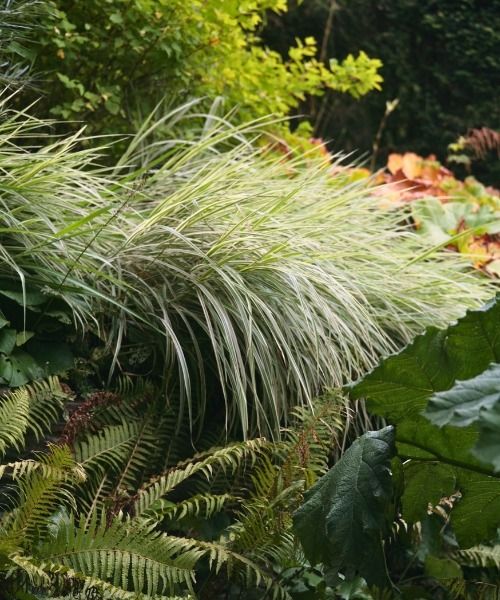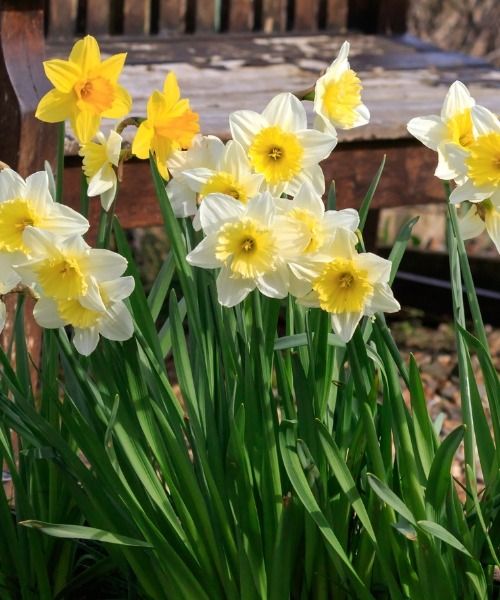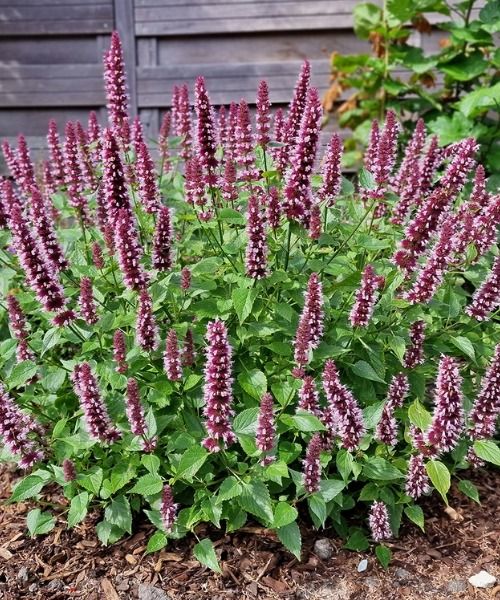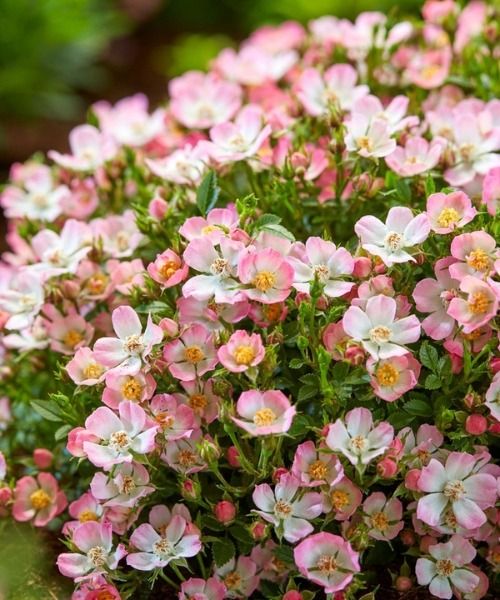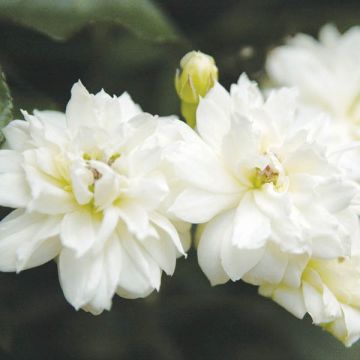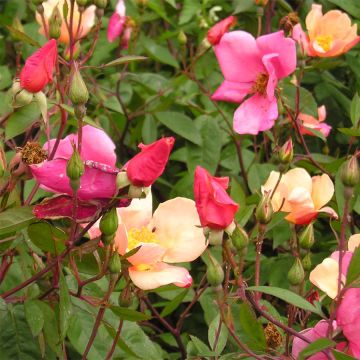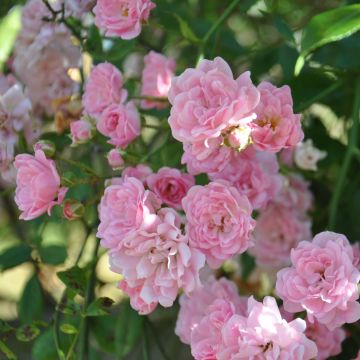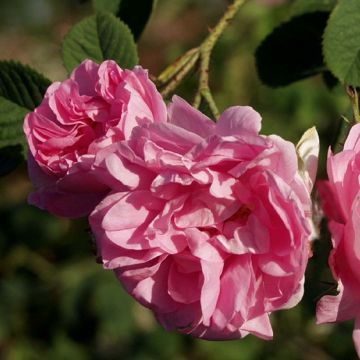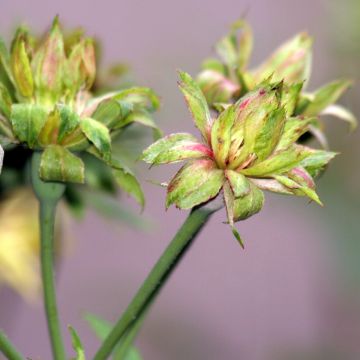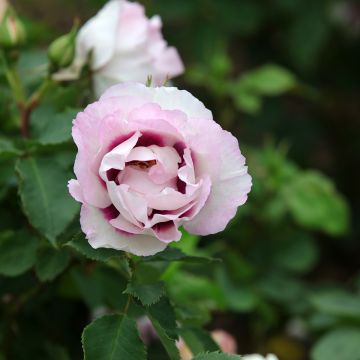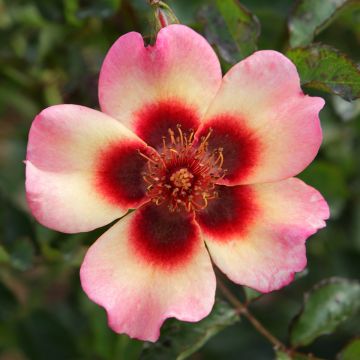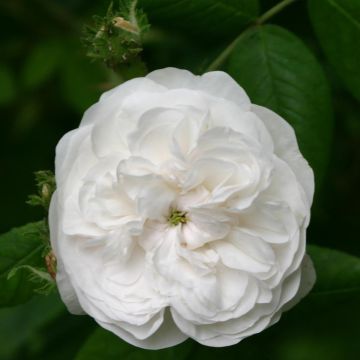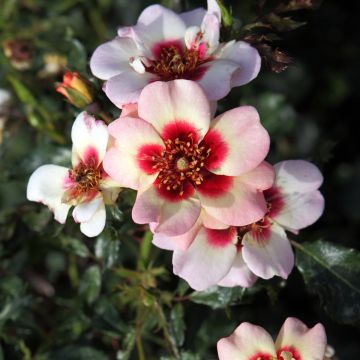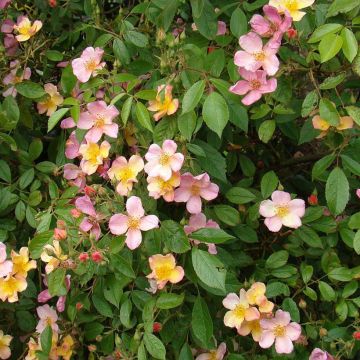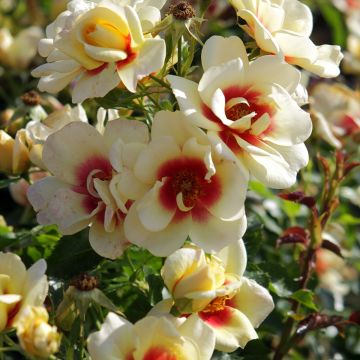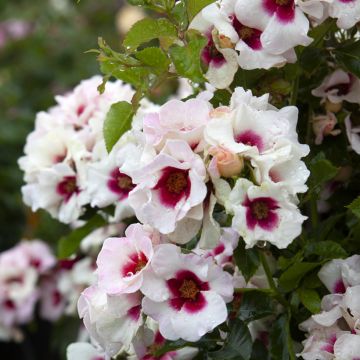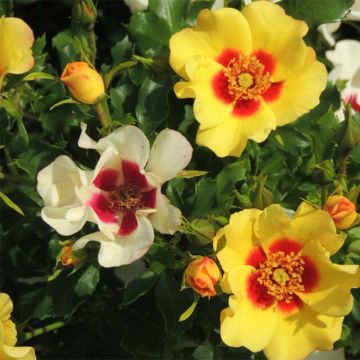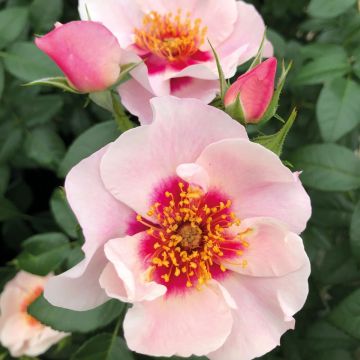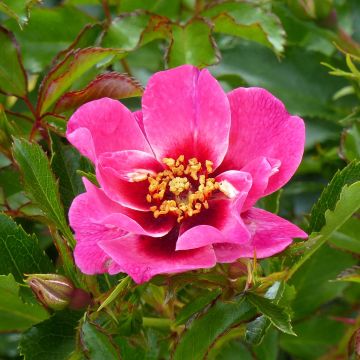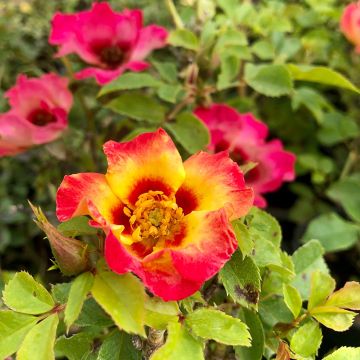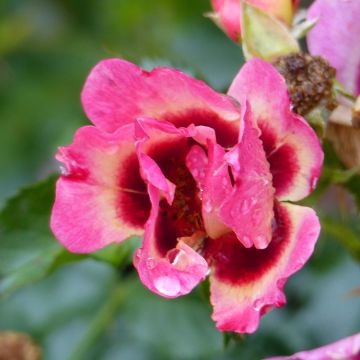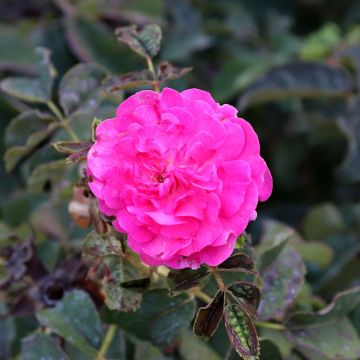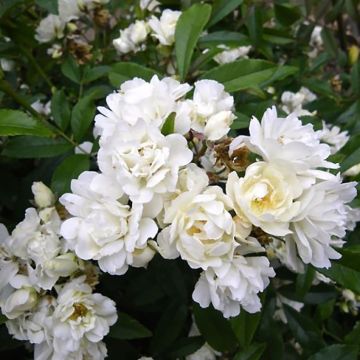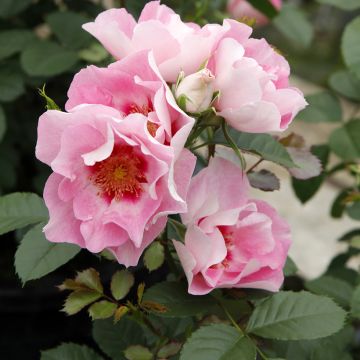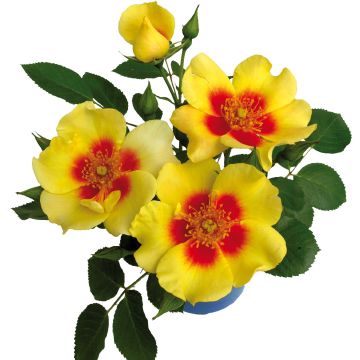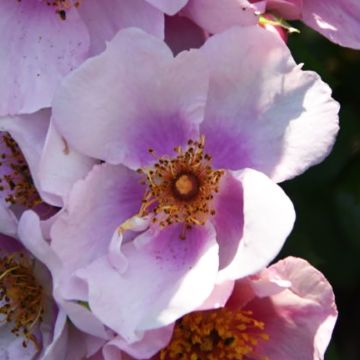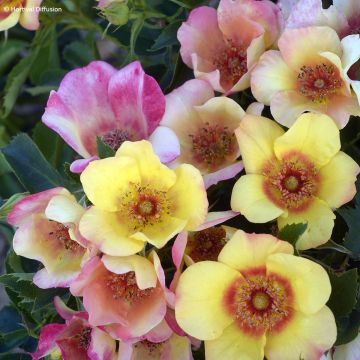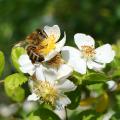Mediterranean climate Roses
Does this plant fit my garden? Set up your Plantfit profile →
Available in 3 sizes
Available in 3 sizes
Available in 3 sizes
Available in 2 sizes
Available in 3 sizes
Available in 3 sizes
Available in 2 sizes
Available in 2 sizes
Available in 2 sizes
Available in 2 sizes
Available in 2 sizes
Available in 2 sizes
Available in 2 sizes
Available in 2 sizes
Available in 2 sizes
Available in 2 sizes
Available in 2 sizes
Available in 2 sizes
Available in 2 sizes
Available in 2 sizes
Available in 2 sizes
Available in 3 sizes
Available in 2 sizes
Available in 2 sizes
Available in 2 sizes
Available in 2 sizes
Available in 2 sizes
Available in 1 sizes
Available in 2 sizes
Available in 1 sizes
Available in 2 sizes
Available in 2 sizes
Available in 2 sizes
Available in 2 sizes
Available in 2 sizes
Available in 2 sizes
Available in 2 sizes
Available in 1 sizes
Available in 1 sizes
Which rose to choose in a Mediterranean climate? Here is a selection of species and varieties well adapted to summer drought that prevails in Southern regions, as well as the clay-limestone and stony soils that are frequent there. The most well-known among them is the Banksia rose, Rosa banksiae and its varieties (Lutea, Alba plena, Lutescens), emblematic of the gardens of the South, but let's not forget the Damask roses, Rosa damascena, like 'Celsiana' or 'Ispahan', used in perfumery. They are capable, like their ancestor, of withstanding heat without flinching, but also the cold that prevails inland. The China roses, derived from Rosa sinensis, are also good candidates, as are Noisette roses or some hybrids of Rosa rugosa, in not too chalky soil though. In recent years, descendants of the Persian rose, Rosa persica, have appeared (Alissar Princess of Phoenicia, Blue Eyes) accustomed to semi-arid situations; these varieties will also be preferred in a Mediterranean garden. Most roses appreciate very sunny climates and tolerate drought once established, but they will tend to go into rest and therefore not bloom again during the summer even if they are theoretically perpetual. On the other hand, those that only bloom once, among them many old roses or certain botanical species (Rosa complicata, Rosa hugonis...), will be better adapted to Mediterranean gardens. In the south, most roses tolerate semi-shaded exposures very well. If they are planted in a deep and well-prepared soil and watered regularly for the first two or three summers to give them a good start, they will only require an annual fertiliser application to flourish.
Haven't found what you were looking for?






























